For last week’s “What Do You Think You’re Looking At?”, I featured a tavern/hotel in Three Bridges, New Jersey that’s about a century old:
That Facebook post [which inspired me to feature this building] also included a neat piece of trivia: it turns out this was Hunterdon County’s first establishment to be raided after the passing of Prohibition! It’s that old, and it still looks almost the same as it did back then. That’s quality construction.
If you can read the signage in the old photo, it advertises beer. But it’s far too large for a bar or roadhouse; what it looks like, actually, is a hotel or a boarding house.
Which, it turns out, is what it was.
A commenter recounted that his grandmother started the hotel, partly to house her large family and partly to make money while her husband was dealing with war injuries. This is typical of how most small-town buildings and businesses started out, in a broad sense.
The process by which towns, and eventually cities, grew was simply the multiplication of these sorts of human circumstances and initiatives by a thousand. Nobody had to teach us how to build villages, towns, and cities. We refined the art over centuries of experience, but fundamentally we build these settlements as naturally as ants build anthills.
The only thing is, Three Bridges isn’t really what you’d call a city, town, or even village. It’s a name on the map with its Main Street consisting of little more than that tavern, a couple of other structures, and a rail station (the tracks, I believe, are still used for freight). This is Main Street and the immediate area.
Here is the Wikipedia page for Three Bridges—not an excerpt, literally the whole page:
Three Bridges is an unincorporated community located within Readington Township in Hunterdon County, New Jersey, United States, on the South Branch Raritan River. It is named for the three original bridges which crossed the river.
Farmers John Vlerebone and Harriet Foster Cline were original land owners in the area of Three Bridges. They eventually sold some land to the Central Railroad of New Jersey for its South Branch Line which passed on to the Black River and Western Railroad. Vlerebone and Kline subdivided their land along Old York Road after 1864.
In 1875 the Lehigh Valley Railroad built the New Jersey extension of its main line through Three Bridges using its Easton and Amboy Railroad subsidiary where it still runs today now owned by Norfolk Southern Railway. Numerous lines for shipping produce and a number of daily passenger lines stopped in the village in its heyday. Many of the businesses left along with the passenger lines. Today the village houses a post office, bank, a branch of the Hunterdon County Library System and several other businesses.
This give me an interesting thought: this is an embryonic city.
The difference between what we call a “city,” a “town,” or a “village” is entirely of degree, not of kind.
Three Bridges was obviously a little larger back in its heyday. But it was never that large. For whatever reason, just a few miles away the town of Flemington (the county seat, and that’s one reason) became the area’s main locus of growth, despite both towns having passenger rail back then. Most of what’s in Three Bridges today is far more recent suburban-style development, whereas Flemington developed a true downtown and a large residential street grid more than a century ago.
But way back when, in its first years or decades, Flemington also looked like Three Bridges looks now. You can take just about any urban settlement and go back to its very beginning, and it’s going to start the same way. Every urban settlement is the same fundamental thing, just at a different point in a trajectory of growth or lack thereof. Strong Towns captures this idea with some visuals in this piece, showing different iterations of the same street over a period of many decades.
Three Bridges is a very early iteration of a town; it barely even has commercial structures, and its Main Street businesses are in residential-style buildings. It’s similar to a lot of tiny towns you see in the South, that are little more than a few detached buildings around an intersection. Whatever purpose they had when they were settled either disappeared, or was and is pretty much just having a trading post or general store. They never developed beyond this embryonic stage.
I write all of this because it’s pulling on a thread that I’ve been pulling on for awhile here. Once it clicks that all of these settlements are fundamentally the same thing, the notion of “the city vs. the country” starts to feel like the wrong frame. Urbanism starts to feel like an American heritage, far beyond those places that happened to become large, mature cities. It sketches what might be the right frame: that the big difference is not between “the city” and everything else, but between urban settlements of all sizes versus the suburban development pattern.
This doesn’t mean Three Bridges is Manhattan, or that everyone should like big cities because somewhere in their history or design DNA they were once little towns. It just breaks down what feels like a largely artificial distinction, one which has helped culture war to become the main frame by which we discuss the built environment.
I think that has very little to do with any of this, and drawing out the fundamentally urban character of America’s towns and villages really drives that home.
Related Reading:
Thank you for reading! Please consider upgrading to a paid subscription to help support this newsletter. You’ll get a weekly subscribers-only post, plus full access to the archive: over 400 posts and growing. And you’ll help ensure more material like this!

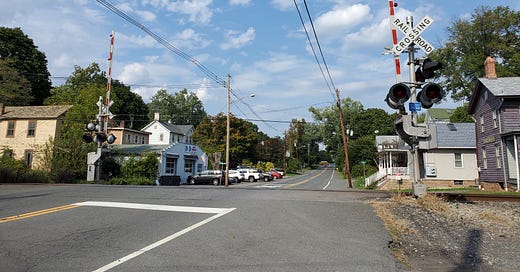



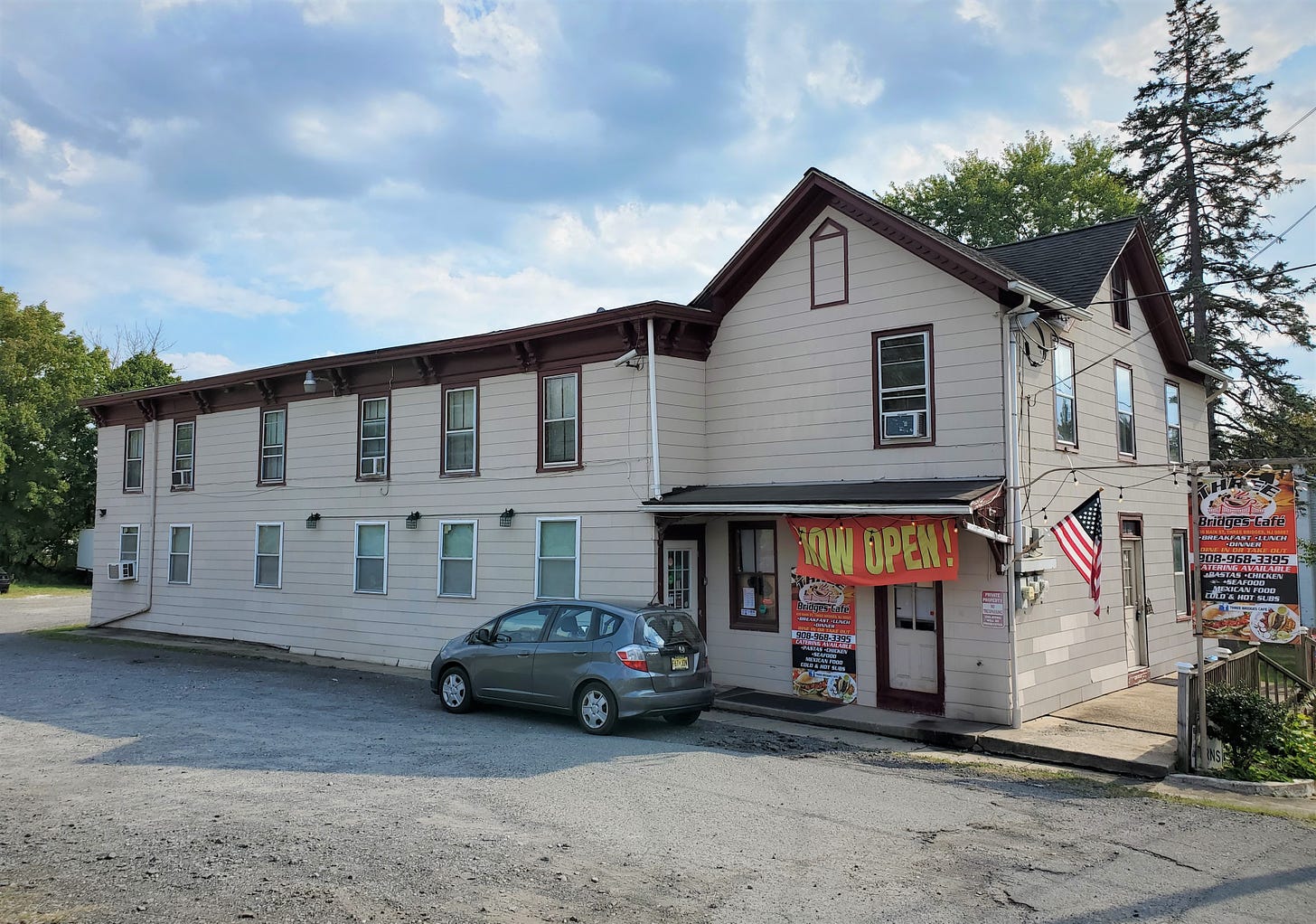
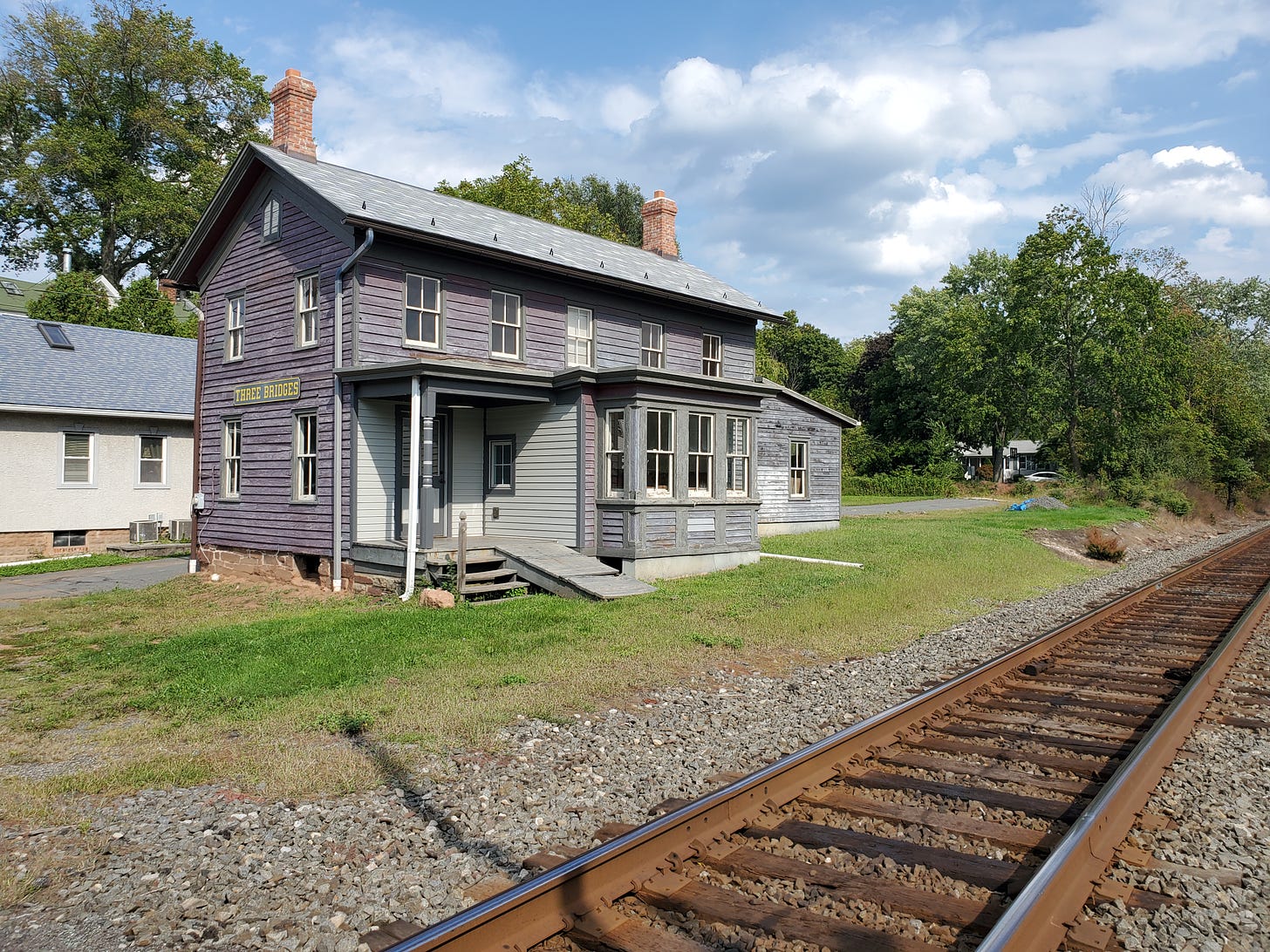

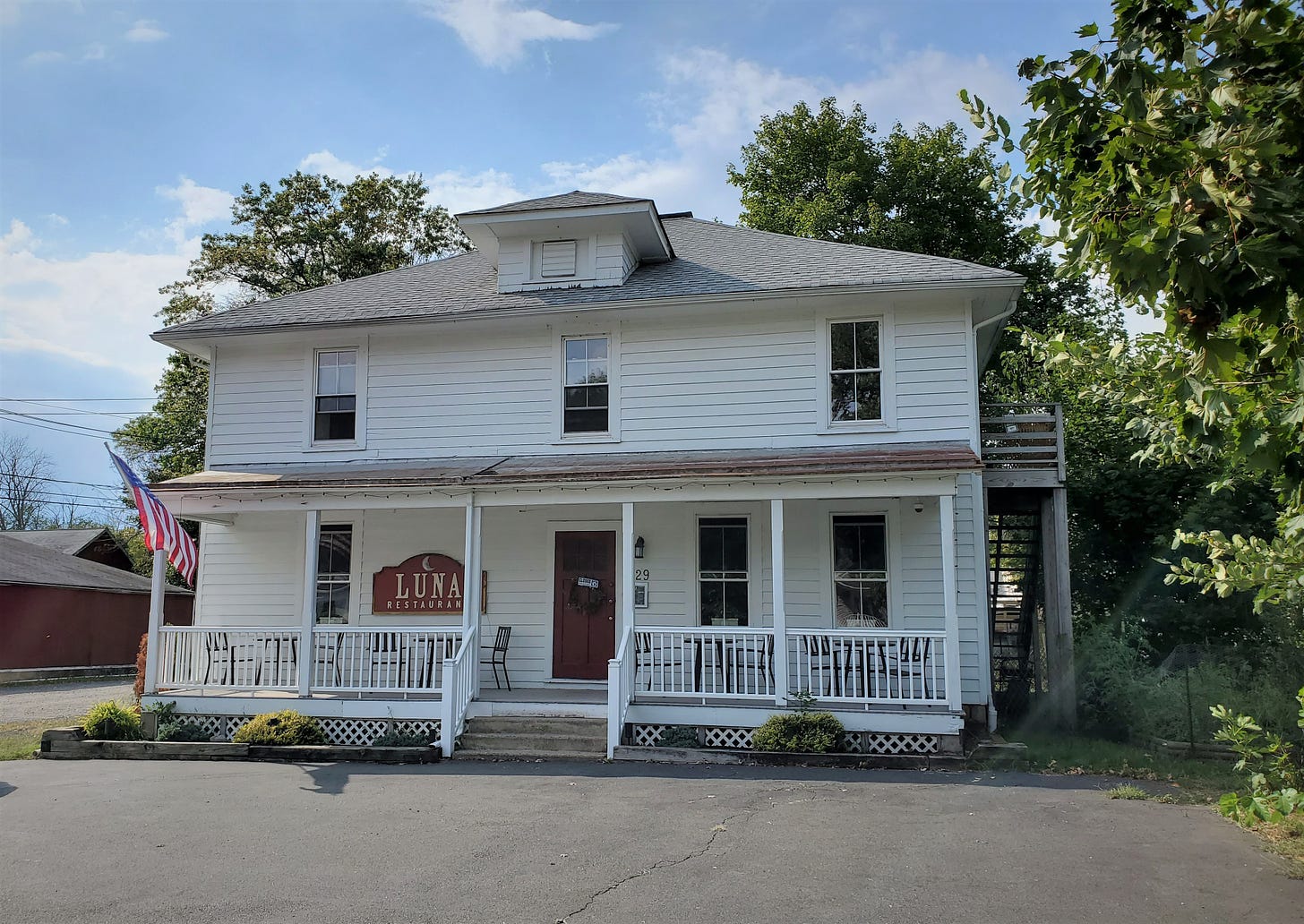
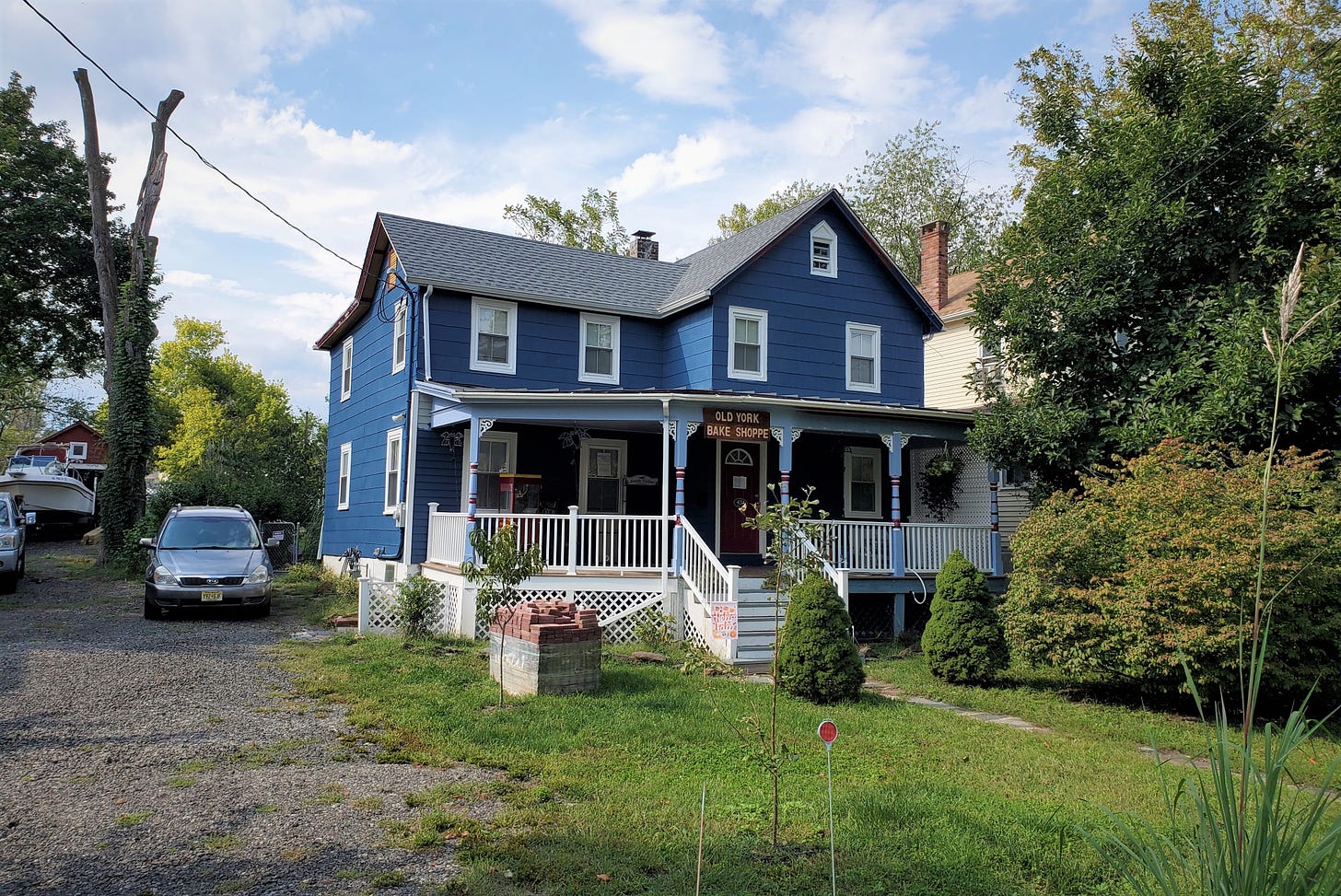
This is good. I've had similar thoughts + the extra layer of being Black American and how our presence/choices/ability to urbanize has been affected by so much. I'll definitely keep sharing more about that over on my own letter, because it's so much more than a comment.
But lately, I have been thinking about if cities are even natural or needed, especially as they get more expensive, controlling and in many of the neighborhoods I care about -- polluted and redeveloped.